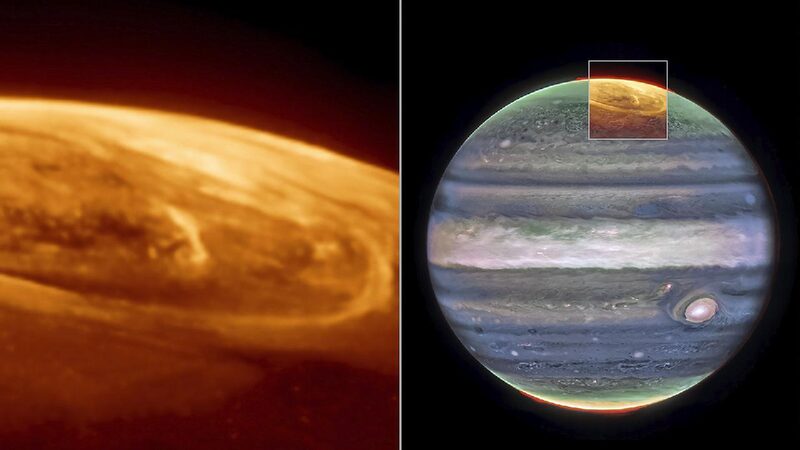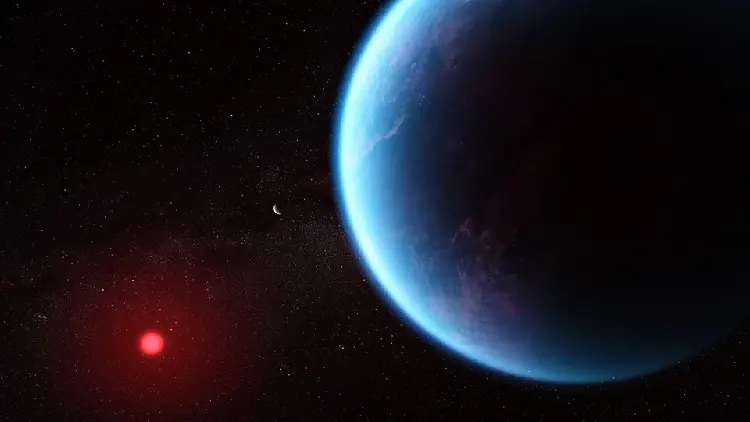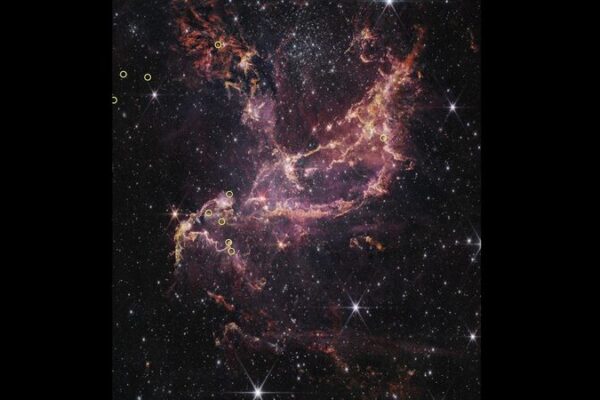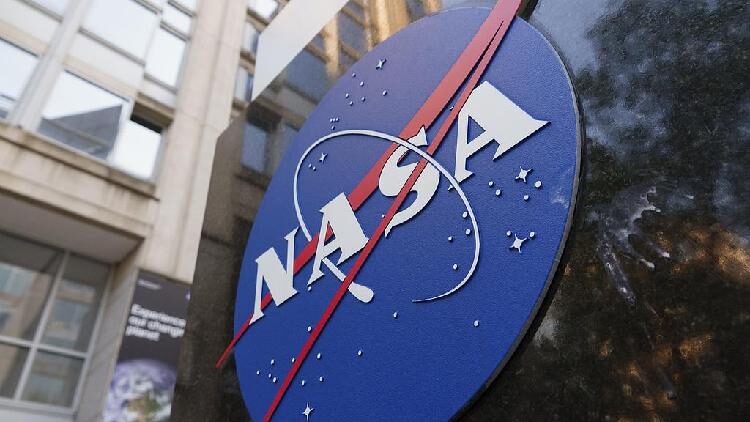Neptune’s elusive auroras have been captured in stunning detail by NASA’s James Webb Space Telescope, providing the most comprehensive view yet of these glowing phenomena on the distant planet. First hinted at during Voyager 2’s flyby in 1989, these auroras were observed faintly in ultraviolet light. Now, over three decades later, Webb’s powerful infrared imaging offers direct evidence of their existence.
Auroras occur when electrically charged particles from space collide with molecules in a planet’s atmosphere, triggering reactions that emit light. While Earth’s auroras paint the skies near the poles with breathtaking northern and southern lights, Neptune’s auroras are unique. Due to differences in its magnetic field, these luminous displays appear near the planet’s mid-latitudes rather than the polar regions.
“Capturing Neptune’s auroras is a significant milestone,” said researchers in a study published in Nature Astronomy. “Webb’s infrared capabilities allow us to observe these phenomena in unprecedented detail, deepening our understanding of the outer planets.”
The new images also reveal that Neptune’s atmosphere has cooled considerably since the 1980s, which may have slightly dimmed the intensity of the auroras. This cooling offers fresh insights into the atmospheric dynamics of the solar system’s most distant planet.
Neptune, often challenging to observe due to its distance from the Sun, continues to intrigue scientists. With the Webb telescope’s advanced technology, we’re uncovering more about this icy giant than ever before, sparking excitement about future discoveries in our solar system and beyond.
Reference(s):
Neptune's auroras captured in great detail by NASA's Webb telescope
cgtn.com








